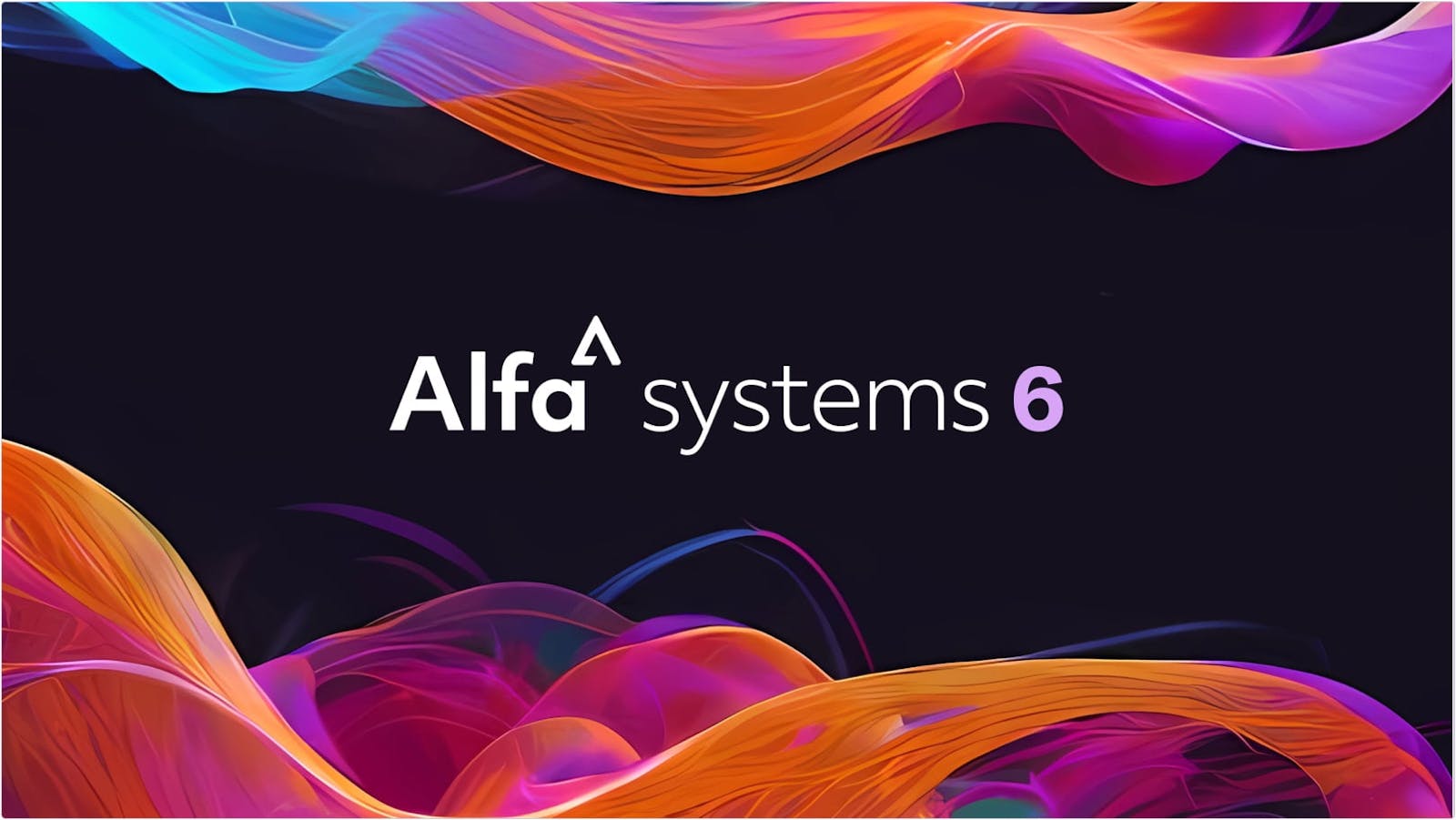Leasing Life: How innovation helps asset finance companies combine sustainability and scalability

Straddling competing demands is part of the day job in asset finance.
Recent years have seen businesses dodge unprecedented economic challenges while exploiting the benefits on offer from ever-more powerful automation tools and techniques. Reliance on ready supplies of capital offered by asset finance solutions has been an indispensable safety net against a backdrop of instability.
But there is a bigger shift afoot with more wide-ranging implications: the drive towards sustainability. It means firms must completely rethink how they approach major commercial objectives. Regulatory pressure, for example the comprehensive frameworks required under Scope 3 reporting, is seemingly in tension with decision makers’ desire to strike while the iron is hot, scaling up without sacrificing efficiency.
Thankfully, the asset financing safety net is as robust as ever; new innovations in the field are helping firms to foster sustainability and scalability harmoniously.
Scalability
“Scalability” has the trappings of a corporate buzzword, but beneath it lies an important truth: scaling up operations allows firms to optimise resource expenditure, onboard new business effortlessly and expand into new markets more efficiently. A number of advancements in recent years have helped to make scaling up easier than ever.
Modern cloud solutions have already revolutionised the way finance providers manage their resources. Adaptable models, such as those offered by cloud-native platforms, allow for automated deployments and serverless databases. This means that firms can scale their operations up or down based on demand – ensuring they only incur costs when necessary. This flexibility is vital for maintaining operational efficiency and reducing capital expenditure.
Historically, one of the significant challenges for finance providers was integrating new portfolios, whether through acquisition or organic growth. Advanced tooling and automated processes now make it possible to transfer portfolios onto new systems quickly and painlessly. This reduces downtime and ensures transitions are smooth, allowing firms to focus on their core business activities.
Scaling up is even trickier when foreign markets are part of the equation; it requires robust and flexible systems capable of adapting to unfamiliar regulations and business practices. Modern finance platforms offer advanced configuration management and business rules that enable providers to roll out operations in new regions swiftly. These platforms support multi-country deployments, accommodating varying regulatory requirements and operational processes with ease.

Additionally, the arrival of 24/7 capabilities enables finance providers to operate around the clock without downtime. This ensures that any digital self-service operations are always available, enhancing customer experience and operational efficiency. Portfolios can progress smoothly to the next day, ensuring uninterrupted service.
One of the major developments in asset financing technology has been the emergence of cloud-native solutions providing dynamic database autoscaling. This eliminates the need for planned database upgrades and allows for real-time scaling based on demand. This is particularly beneficial during peak times or when onboarding large volumes of new business. The shift from fixed-cost structures to variable operational expenditure models also enables firms to manage costs more effectively.
Sustainability
Scalability, however, is just one part of the equation in today’s asset finance landscape. Sustainability has become a parallel priority. Regulatory frameworks like net-zero commitments and Environmental, Social, and Governance (ESG) mandates are pushing companies to adopt greener practices. The challenge lies in expanding business operations without exacerbating environmental impact. And the most innovative finance platforms are increasingly capable of striking this balance.
Designed to manage the entire lifecycle of assets – from origination to end-of-life – modern finance solutions offer oversight that can rapidly enhance sustainability. With many companies shifting from traditional lease-and-sell models to more sustainable practices that maximise the use of existing assets – involving maintaining, refurbishing, or recycling equipment to extend its lifespan – advanced inventory management systems ensure that assets can be recycled and reused efficiently.
Another business phenomenon that asset finance platforms must address is the rise of subscription services and Everything-as-a-Service (XaaS) models. These can align with sustainability goals, enabling companies to offer assets on a usage basis and reducing the need for outright ownership – mitigating the associated environmental impact.

Finance platforms are also playing a pivotal role in supporting the shift towards green energy. By increasing the flow of finance to on-site renewable energy generation, companies can reduce their reliance on fossil fuels. For instance, manufacturers can lease solar panels or wind turbines and benefit from add-on services like insurance and maintenance. These arrangements both reduce a business’s carbon footprint and provide financial flexibility through usage-based billing.
Consider the more specific example of electric vehicles (EVs). These are a cornerstone of sustainable transportation – and one finance platforms are evolving to support. Advanced systems can handle complex EV portfolios, providing multi-asset schedules, asset-level financials and usage-based billing. This capability is crucial for customers leasing the many complex components that go into development and maintenance of EV fleets, such as vehicles, batteries, and chargers, and eases subscription to additional services like GPS monitoring and energy management.
Finally, there is little doubt that the road to sustainability is fraught with regulatory and market challenges. Regulations like the Digital Operational Resilience Act (DORA) require finance providers to ensure their platforms are compliant with ever-growing, ever-evolving ESG standards. Innovative finance solutions, with their robust governance, risk, and compliance (GRC) processes, can help here too: they provide the necessary infrastructure to help businesses meet requirements confidently.
Alfa Systems 6
So what do these innovative finance solutions look like in practice? Consider Alfa Systems 6. The latest iteration of Alfa’s market-leading asset financing platform, Alfa Systems 6 is a case study in how technology can help to bring scalability and sustainability together.
One of the core strengths of Alfa Systems 6 is its dynamic resource optimisation. Utilising cloud-native technologies, the platform provides adaptable resource models with automated deployments and serverless databases, ensuring that resources are used efficiently. This both reduces costs and shrinks firms’ environmental footprints. And integration with AWS Aurora’s serverless technologies allows for real-time scaling based on demand, ensuring optimal performance during peak times and eliminating the need for regimented database upgrades – ideal for finance providers onboarding substantial new portfolios.
Seamless portfolio onboarding is another significant advantage of Alfa Systems 6. Advanced tooling and automated processes facilitate the quick and painless transfer of portfolios onto the platform, reducing downtime and ensuring a smooth transition. This capability allows finance providers to integrate new business seamlessly and continue their growth trajectory without disruption. And the platform’s always-on capabilities ensures that digital self-service operations are always available, enhancing customer satisfaction and operational efficiency.

Although geared towards business growth, sustainability sits at the platform’s heart. It enables oversight of the entire lifecycle of assets, from origination to end-of-life. This includes inventory management for reuse, short-term second and third lives for equipment, and streamlined refurbishment processes. By maximising the use of existing assets, finance providers can reduce waste and promote a circular economy. Alfa Systems 6 also supports subscription models, enabling companies to offer assets on a usage basis and supporting the transition from capital expenditure (CapEx) to operational expenditure (OpEx). When it comes to financing for on-site renewable energy generation, new energy systems can easily be leased to facilitate the move towards sustainability. And decision makers in major green transition industries, like EVs, can manage entire fleets at the click of a button.
Alfa Systems 6 also includes a Scope 3 emissions calculator, allowing finance providers to track and report on GHG emissions for their portfolios. This functionality smooths the monitoring and reduction of carbon outputs. Additionally, the platform’s robust governance, risk, and compliance (GRC) processes, certified by ISO 27001 and SOC 2, ensure data security and regulatory compliance, providing transparency and reducing the complexities associated with regulatory requirements.
Just as they have done through years of economic uncertainty and geopolitical instability, innovative asset finance continues to provide a firm hand on the commercial tiller. Through continuous innovation and a commitment to environmental stewardship, Alfa Systems 6 exemplifies how technology-driven finance can propel business growth and sustainability forward together.
This article was published by Leasing Life in August 2024. Reproduced by permission of the publisher.

